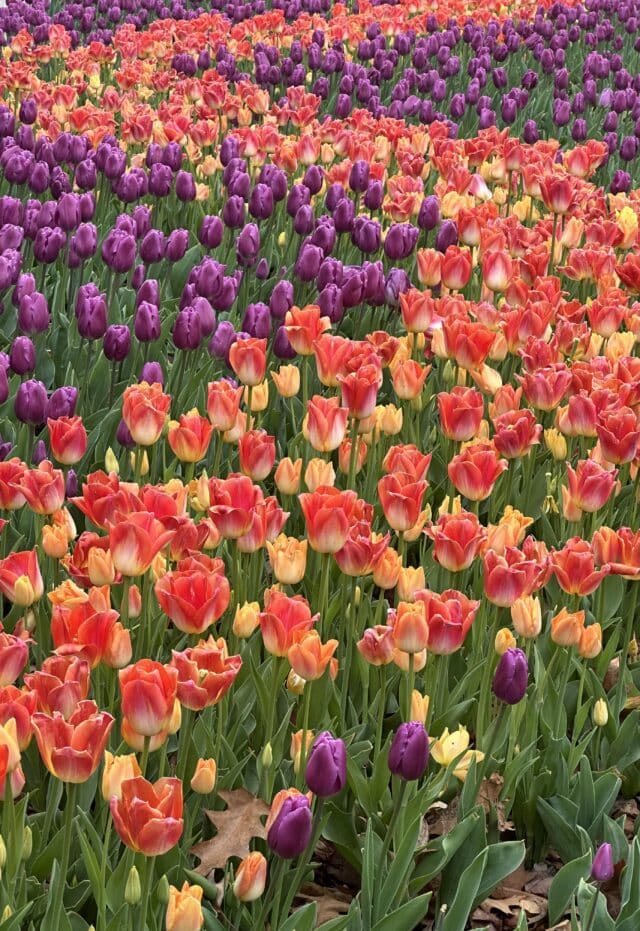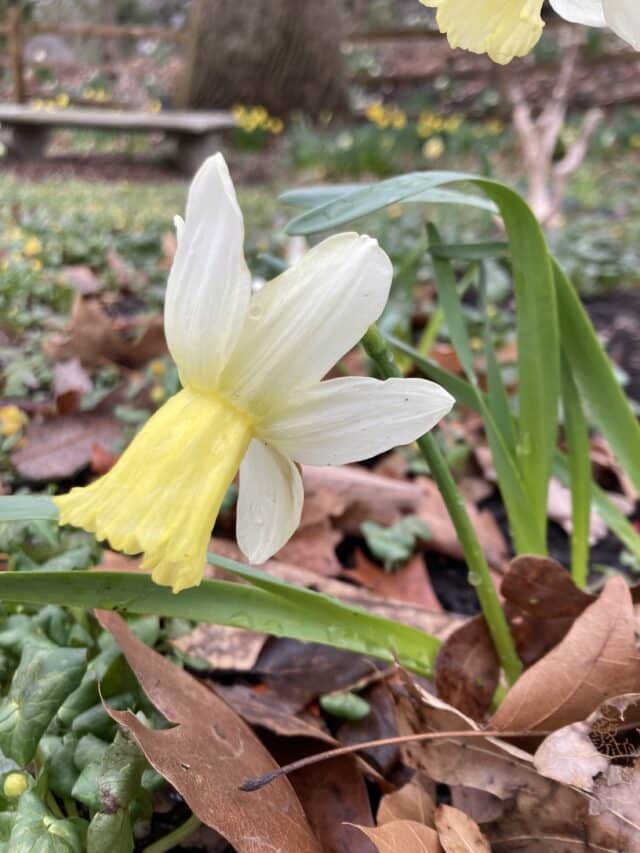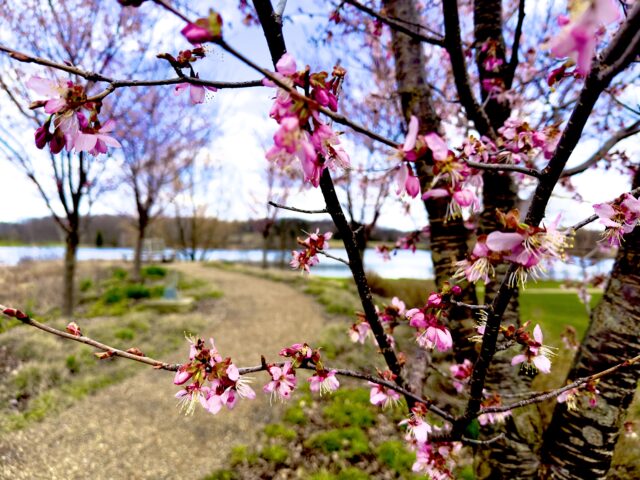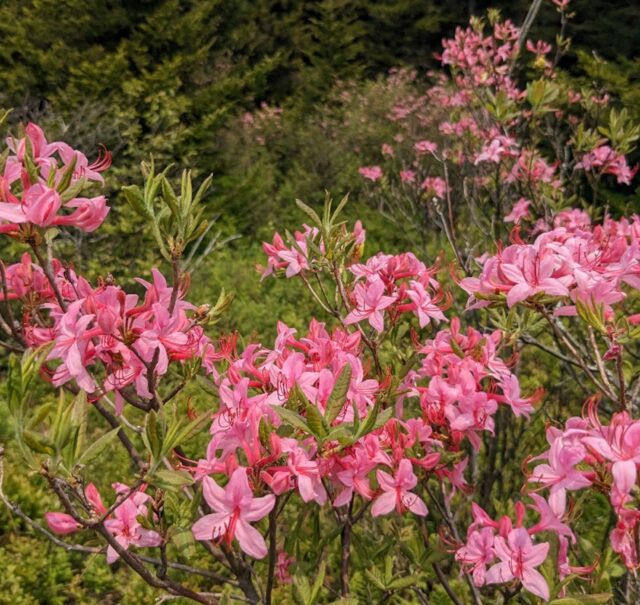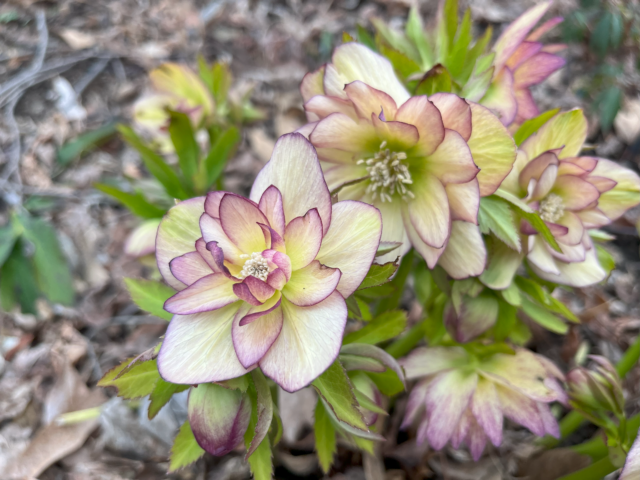
As Valentine’s Day comes and goes, one can’t help but be reminded of the Bleeding Heart plant (Lamprocapnos spectabilis). It is a beautiful plant originally from Asia with a tragic love story behind it. There are many variations of the legend but when you dissect the flower apart, you can see hints of how the story goes.
The legend goes:
Once upon a time, there was a man who fell in love with a beautiful, selfish princess. He wanted to convince her of his love, so he first bought her a pair of white rabbits (outer two petals flipped on side). She took the gift but told him she did not love him.
Next he offered her a pair of lovely shoes (inner two petals). She gladly took the gift but told him that she did not love him.
Alas, he decided to spend the rest of his money on a beautiful pair of earrings (two stamens) thinking she would alas realize his love for her. After accepting the gift he asked if she loved him. She laughed in his face and replied she could never love a penniless man.
Overcome with sadness, the man plunged a knife (anther) into his heart.
It is said that the first bleeding heart plant grew at that moment, showcasing his bleeding heart as a reminder of his tragical romance and unrequited love.

Even with such a sad legend, you must admit that the plant is a beauty with several colors and varieties that can be found. In Northeast Ohio, we have our very own native cousins of the showy Asian Bleeding Heart. You can look for these two native bleeding hearts: Dutchman’s Breeches (Dicentra cuccularia – photo on right) and Squirrel Corn (Dicentra canadensis) first thing in the Spring. Spring Ephemerals (the first wildflowers in spring) are very important for our native pollinators, as they are one of the first available nectar sources when bees, butterflies, and other pollinators come out of winter hiding. In fact, the weird shaped petals of Dicentra and Lapracampnos species are evolved to specifically encourage bee pollinators. Bees use their legs to pry apart the two outer petals and get the pollen from inside.
So, what is the difference between our native Dicentra species and Lamprocapnos species? Well, they would all be a part of the same genus (Dicentra) due to their similar plant flower shape and structure. However, recently scientists decided that they do in fact belong in two different genera. You can see that this makes sense when you compare the two, the main difference being in the placement of the leaves on the stem of the plant. Plants in the genus Dicentra only have leaves coming out of the base of the stem whereas Lamprocapnos have leaves that attach to the stem. Sometimes sketching out a specimen can help you see differences and similarities in a plant, can you spot these differences and similarities in this sketch?
Regardless of age, it is interesting to learn the stories and facts behind the plants we find in our backyard; whether in your garden-like Asian Bleeding Heart, or in the forest floor-like Dutchman’s Breeches and Squirrel Corn. Maybe next time you see a member of the Bleeding Heart family, you will have a new found love (plant, story or person- you decide)!
Becah Troutman
HF&G Natural Areas Biologist

